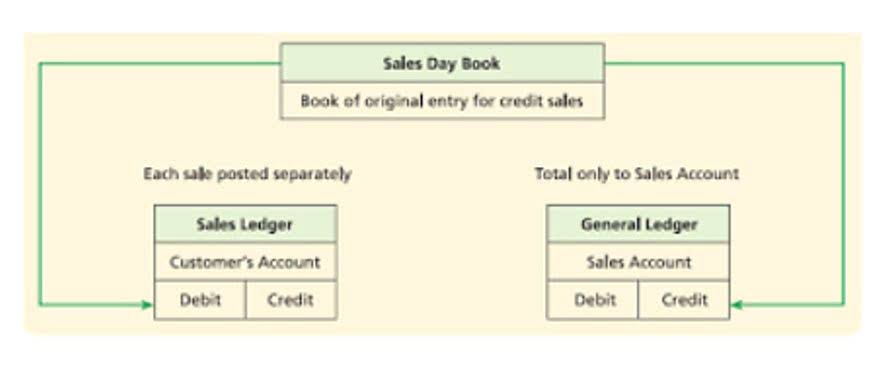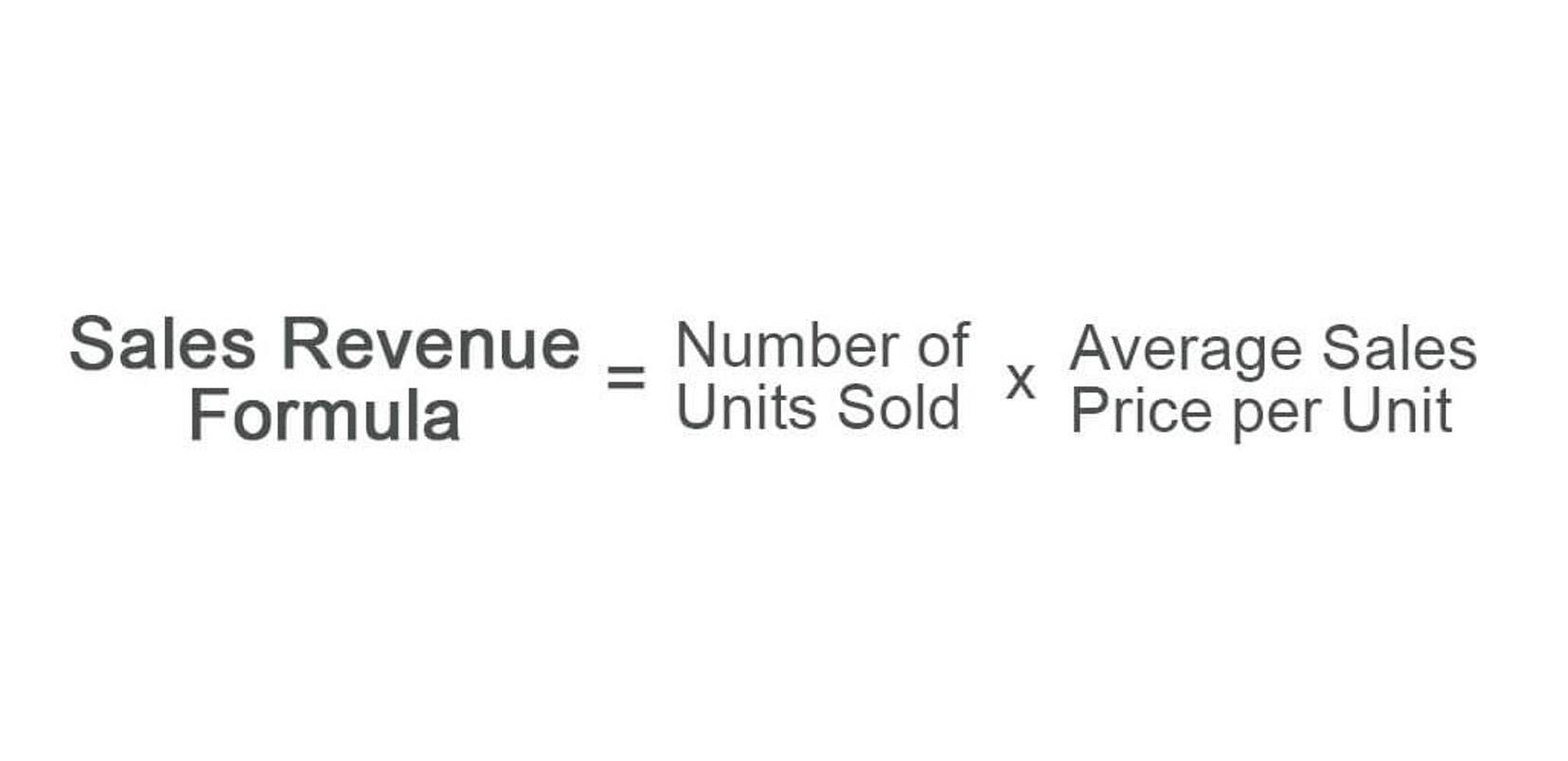
Construction-in-Progress (CIP) accounting is indispensable for businesses striving to maintain accurate and comprehensive financial records. Construction in Progress (CIP) is a noncurrent asset recorded under the Property, Plant, and Equipment (PP&E) section of a company’s balance sheet. It captures the costs incurred in building or expanding long-term fixed assets before they are completed and put into service. Capitalizing assets in progress also helps in assessing the financial feasibility of a project.
Construction-in-Progress Accounting (CIP)
Once the project is operational, the CIP account balance is transferred to the relevant fixed asset account, such as “Building” or “Machinery,” and depreciation begins. Planyard streamlines CIP accounting by making it easier to stay organized, reduce manual errors, and keep each project’s financial status clear. It simplifies tracking so you can confidently manage budgets and ensure accurate, reliable financial records — all while focusing on successful project delivery. Lenders providing permanent financing base the loan value on the balance shown in the CIP account.
- Managing construction-work-in-progress accounts presents unique challenges, necessitating specialized expertise and training.
- These companies record their current construction projects as “construction in progress.” The construction in progress value reflects the total costs incurred to date.
- Moreover, auditors often scrutinize construction-work-in-progress accounts due to their susceptibility to manipulation.
- This information is crucial for management to make informed decisions about resource allocation and project continuation.
- The basics of accounting for construction companies also include revenue recognition and cost allocation.
- Keep comprehensive records of all expenses, including receipts and invoices, to justify costs during audits.
New Jersey Office (Main)
Hiring a fractional CFO allows startups to access high-level financial expertise without the cost of a full-time executive. This flexibility enables businesses to scale efficiently while receiving tailored financial strategies. It’s an ideal solution for companies looking to optimize their financial management. Moreover, auditors often scrutinize construction-work-in-progress accounts due to their susceptibility to manipulation.

Step 4: Transfer CIP to Fixed Assets Upon Completion

Once a company completes construction and receives the certificate of occupancy for its warehouse, plant or office, the company officially places the asset in service. At that time the company removes the construction in progress account from the balance sheet, replacing it with a regular long-term asset account. Typically, companies that utilize construction financing to build a property obtain permanent financing that replaces the construction loan.

There are several key accounting practices that construction companies and contractors should understand when working with a construction CPA firm. In conclusion, Viindoo is a comprehensive accounting software solution that can assist construction companies with their CIP accounting needs. We hope you can apply the above information what is cip in accounting about CIP accounting to your accounting process. We provide a range of services including fractional CFO, bookkeeping, accounting, and financial strategy. Each service is designed to meet the unique needs of scaling startups across various industries.
- In the following article, learn everything you need about CIP Accounting with Viindoo Enterprise Management Software.
- A balance sheet shows a company’s net worth at any given time and includes all of its assets, even those not currently in use.
- Construction-in-progress accounting plays a vital role in tracking expenses for projects still in development.
- Companies can monitor spending and budgets using CIP accounts and adequately report their financial health.
- Accountants do not begin tracking depreciation of construction-in-progress assets until the addition is complete and in service.
Assets under construction are those not yet ready for use, potentially among the largest fixed assets a company holds. Construction-in-progress (CIP) accounting is an essential tool for businesses managing long-term projects or significant asset construction. It helps organizations track expenses for assets under development, ensuring accurate financial reporting and better control over costs. CIP stands for “Construction in Progress” in accounting and is used to track costs like materials, labor, and overhead expenses before the asset is complete. These costs are recorded in a CIP account, which is categorized as a non-depreciable fixed asset on the balance sheet. Once the project is finished, the total costs are Bookstime transferred to the appropriate asset account, and depreciation begins.
What is construction in progress (CIP)?
This transition is essential to meet accounting standards and allows businesses to log their investment in new constructions on their books accurately. CIP is classified as an fixed assets asset rather than an expense, representing the company’s investment in ongoing projects. This classification separates CIP from operating expenses, highlighting financial commitments toward incomplete projects. Since construction projects are often multi-phase and lengthy, CIP accounting monitors these costs as assets, simplifying capital investment tracking. When a project is complete, the cumulative CIP balance transfers to a fixed asset account, and depreciation begins. CIP accounting is important to a construction company’s accounting system software because it allows businesses to track the progress of a construction project and monitor its costs.

Why Do You Need a CIP Account Management Software like eSub?
Ensure that expenses are recorded in the period they occur to maintain accuracy. Keep comprehensive records of all expenses, including receipts and invoices, to justify costs during audits. Use construction-specific accounting tools to streamline tracking and reduce manual errors. Unplanned expenses can inflate CIP balances, affecting the overall financial outlook.
- In this method, the number of units manufactured is divided by the total number of units to be manufactured.
- It’s an ideal solution for companies looking to optimize their financial management.
- By maintaining a dedicated CIP account, businesses can avoid mixing incomplete project costs with operational expenses, ensuring accurate financial reporting.
- – Construction companies must also track anomalies like job costing, retention, progress billings, change orders, and customer deposits.
- Company ABC would now start to depreciate the equipment since the project finished.
- Managing construction-in-progress accounts is relatively more complicated than managing other business accounts.
- The construction-in-progress asset account captures all costs related to the project, including labor, materials, and equipment.
Challenges in CIP Accounting

Below, we’ll show you an example of what the recording may look like for a company. For more guidance on construction accounting or professional support with your CIP accounts, contact PVM Accounting today! We specialize in construction financial management, helping businesses build a stronger financial future. CIP accounting in construction presents unique challenges, but effective strategies can ensure accurate financial reporting. Financing costs range from interest payments made during the construction period to closing costs, lender fees and recording fees. The CIP balance also includes land acquisition costs and legal fees directly tied to purchasing the property or negotiating construction and related agreements.